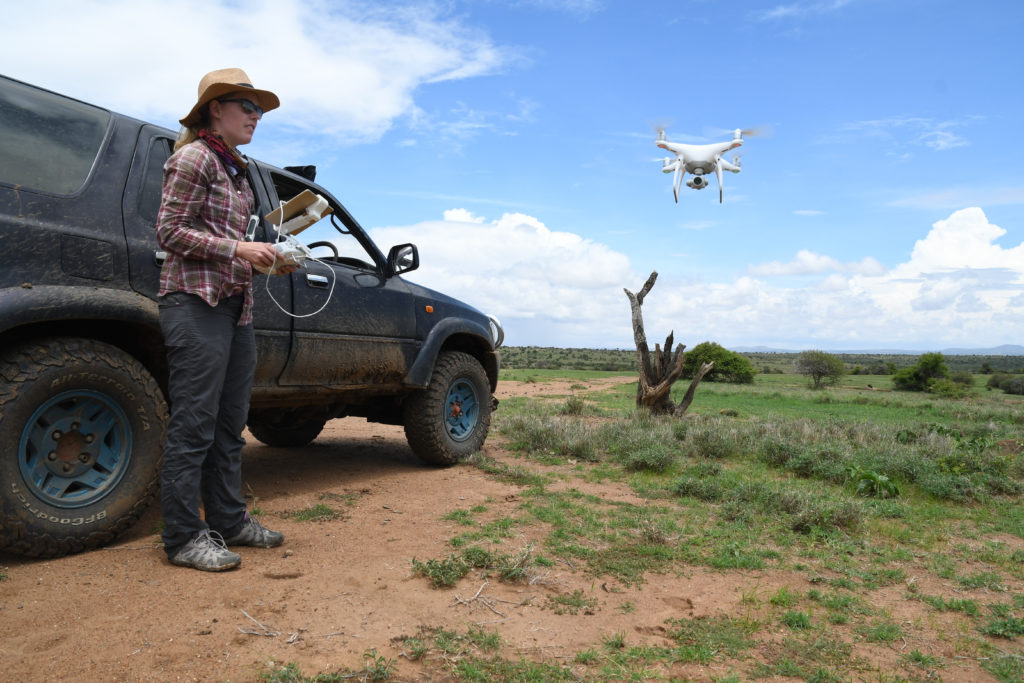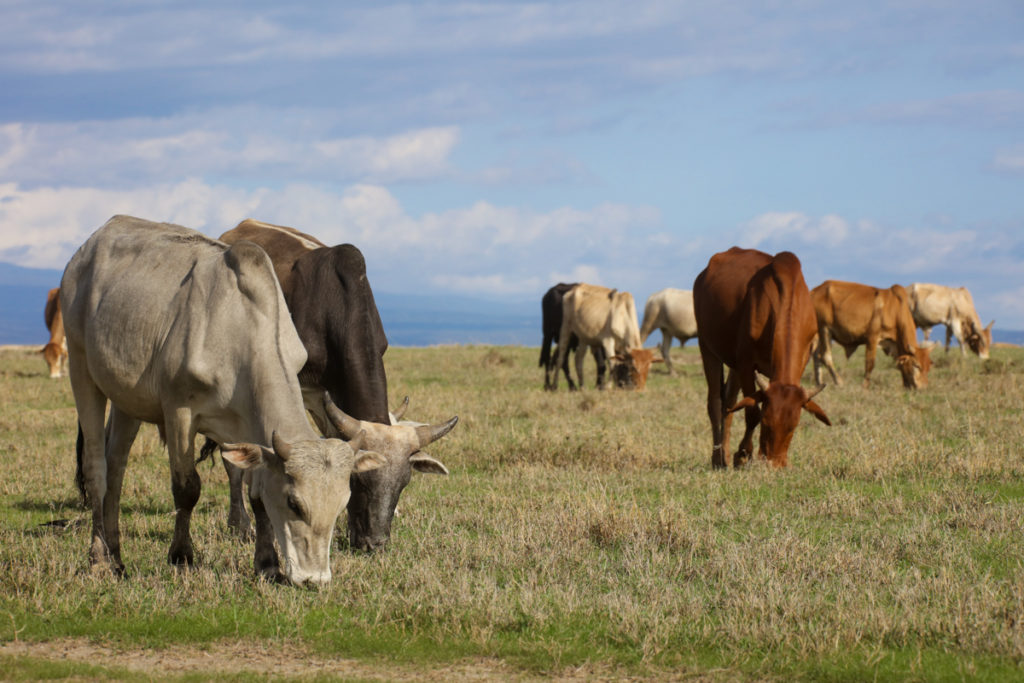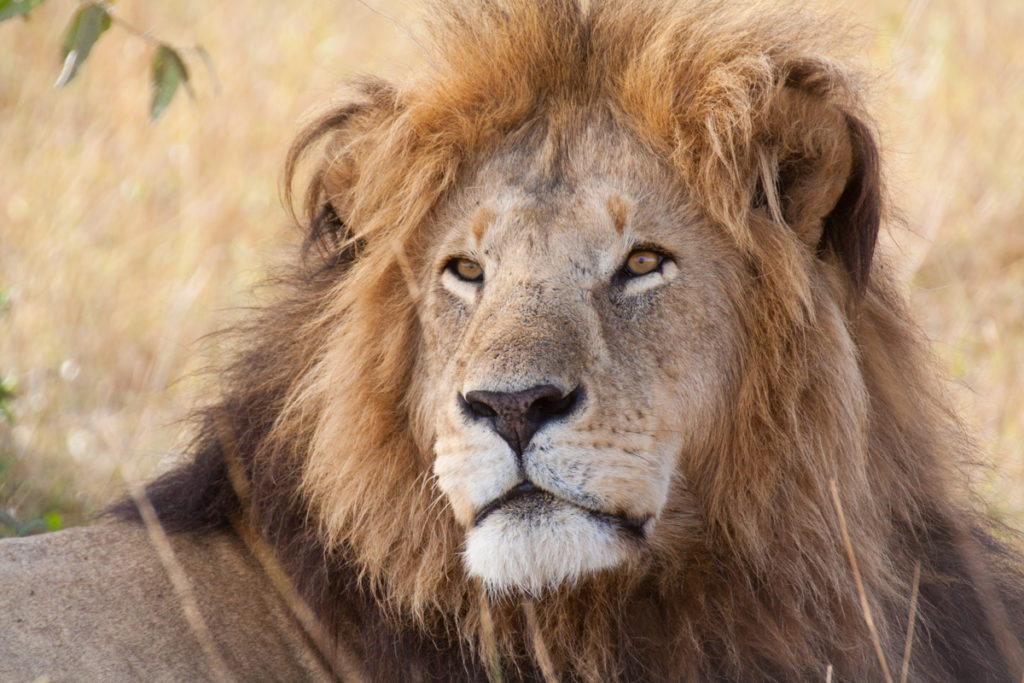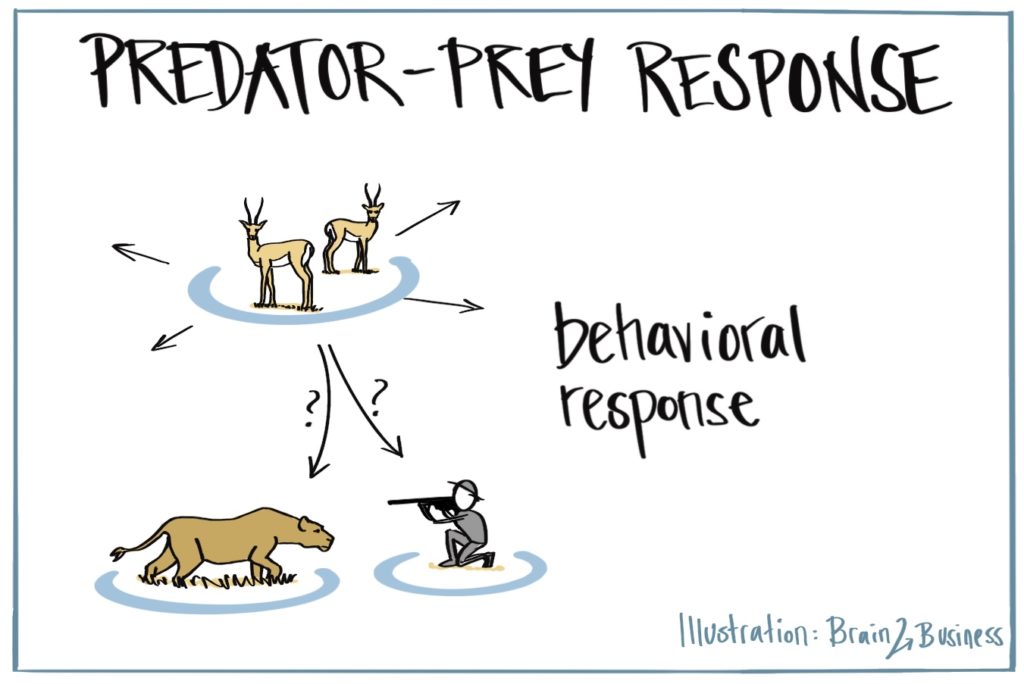Predator-Prey Response
Differences Between Responses of Prey to Predators and Humans
State of the Art
Quantifying the indirect (reduced foraging time) and direct effects (mortality) of predation on population sizes is difficult due to limited understanding of long-term effects after encounters. Tracking behavior and movement of prey a long time after encounters with predators will provide better understanding of the costs of predation. It will also provide a better understanding in differences of responses after an encounter with predators or humans, which to date is not well understood but important for conservation as these could be poachers looking for their target animals.
Innovations and Impact
The use of drones in detecting poachers is limited by the vast size of protected areas and the costs of covering this area by patrolling drones. Targeted use of drones will help to detect and localize poachers and differentiate between deviation from “normal” behaviour due to encounters with predators and humans. This will help to improve the system to detect and locate poachers.

Copyright by Max Planck Institute of Animal Behavior

Copyright by Max Planck Institute of Animal Behavior

Copyright by Max Planck Institute of Animal Behavior
Objectives
Responses of prey to predators have received a lot of attention in ecological studies. However, the behaviour of prey more than a few minutes or hours after encounters with predators is hardly studied. A few studies show that deviations from pre-encounter behaviour persist for hours after the encounter, suggesting that disturbances by humans, such as poachers, can be detected by monitoring prey and analysing deviations from “normal” behaviour.
DC3 will:
- Analyse data from collared predators (lions and hyenas) to identify movement signatures indicative of hunting
- Use drones to study the long-term responses of free-ranging zebras after an encounter with predators or humans
- Analyse movement data to identify individual and collective behaviours that can differentiate between predator attacks and encounters with humans
Expected Results
- Behavioural dataset to be used to develop an algorithm that triggers automated drone flights to follow a collared predator as soon as it shows signs of hunting behaviour.
- Dataset on flight trajectories of multiple prey after an encounter with a predator or a human (for use by DC 8 to develop on-board animal tracking)
- Quantitative descriptions of behaviours and movement patterns to test differences between responses of prey over time after the encounter with predators or humans.
Project Facts
Professor Ulrik Pagh Schultz Lundquist, University of Southern Denmark
Kenyatta University (KE): Fieldwork and data collection.
Max Planck Institute of Animal Behavior (DE): Data analysis.
Get in touch
Contact us on WildDrone@sdu.dk



WildDrone is an MSCA Doctoral Network funded by the European Union’s Horizon Europe research and innovation funding programme under the Marie Skłodowska-Curie grant agreement no. 101071224. Views and opinions expressed are those of the author(s) only and do not necessarily reflect those of the European Union or the European Commission. Neither the EU nor the EC can be held responsible for them.

